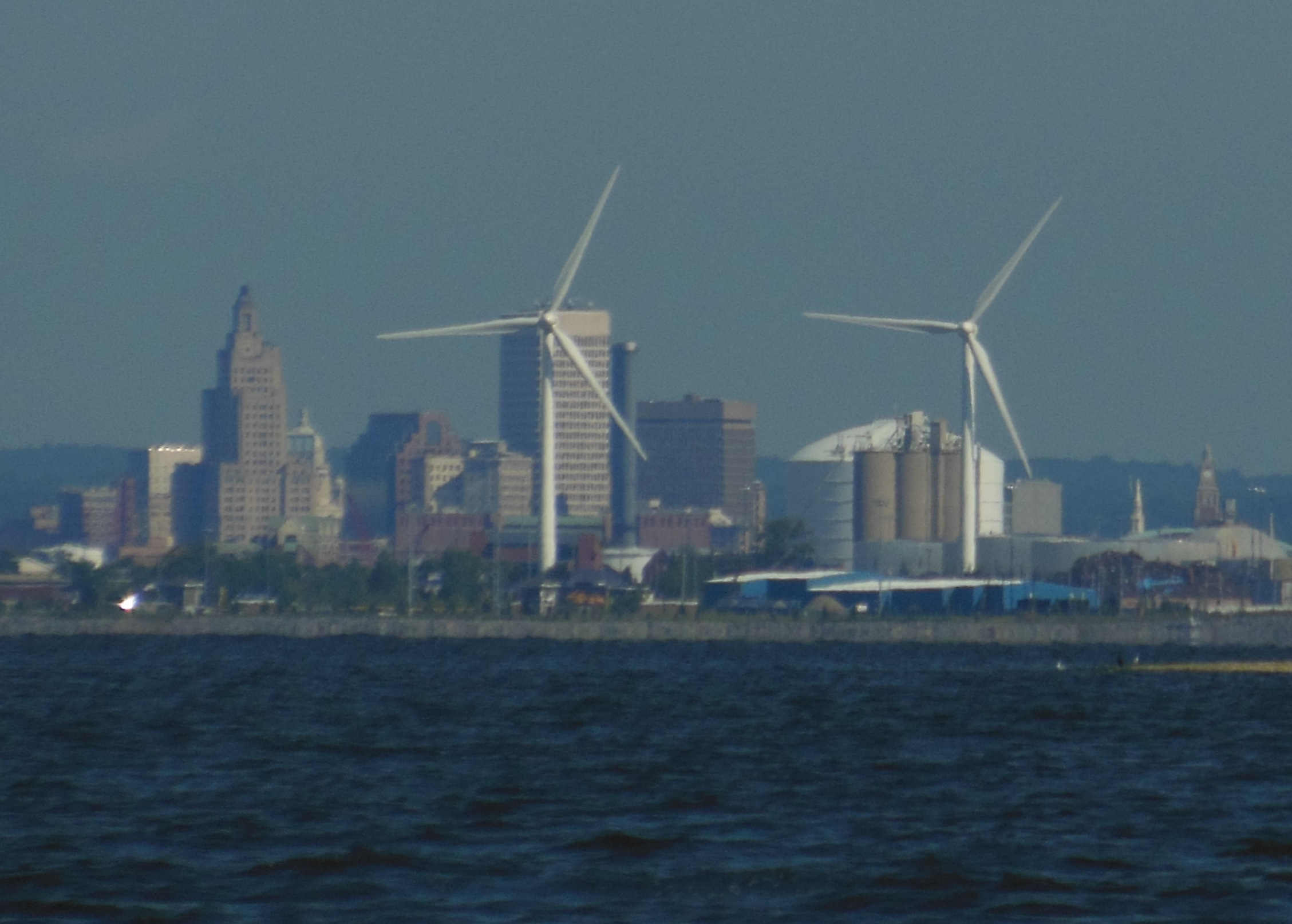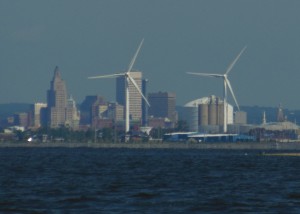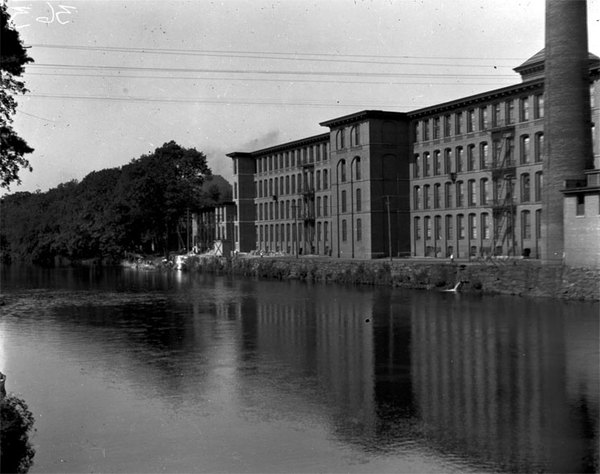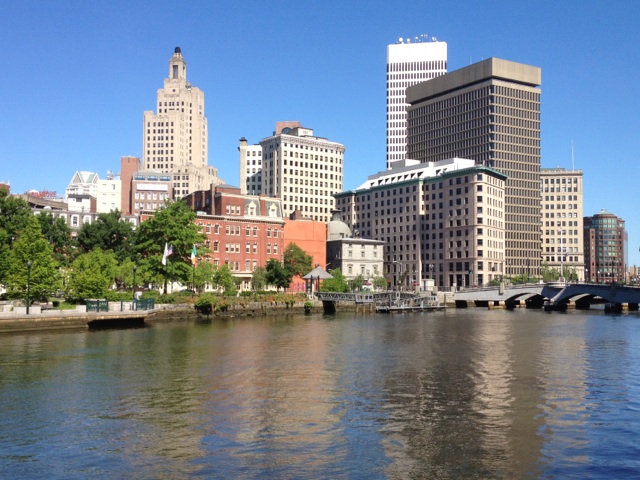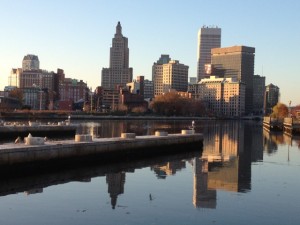In this, the final installment of series on how to fix Rhode Island’s ailing economy, I will look at some next steps for moving forward. First, the story so far: I have outlined what Rhode Island’s leaders need to do in terms of transforming our state’s green economy and why we need to move in that direction. Yesterday, I presented a version of what our states green economy might look like.
It is entirely possible that it might not play out exactly like I have laid out. In fact, it probably won’t. But it could, and that would be a good thing for all stakeholders – human and nonhuman alike. Mind you, this is only one person’s vision, created from ideas found in the pages of policy papers, books, blogs, reports, and data I have culled through. I have borrowed from what has worked elsewhere and tailored it to what I know of our state. I haven’t backed it up with any economic data or careful policy analysis – you’ll notice no citations. What I hoped to do is get stakeholders thinking, to start a real conversation, and to encourage the collaborative process to begin.
The comment sections of our local news sites are filled with finger wags and laments for the way things were. There is a lot of blame passed around and a lot of bloviating. Rarely are viable solutions offered. The General Assembly! Unions! Immigrants! They’ve ruined this state! The reality is that the blame cannot be placed on any one single entity. These are bad, non-fact-based arguments. The reality is that each of these stakeholder groups, along with many others, will play important roles moving forward. Vitriolic screeds are not helpful in the least, and they only contribute to divisiveness that hampers efforts at progress. But some people have ideas, good ones in fact. Streamlining the paperwork processes for businesses is a good idea. So is consolidating city services and school districts. Focusing economic development efforts on poaching businesses from other regions is almost always not. Regardless of their efficacy, these are not real comprehensive solutions, and at the end of the day they will not allow Rhode Island to gain any real economic traction.
Instead, a game-changing idea is needed. Metros across the country that have realized this and seized upon a big idea themselves have seen real results. They did not wait for an opportunity to pass them by. They saw that they needed to move to a regional economic approach. They realized that they could never grow that regional economy without seeking global markets. They then developed a big economic idea, one they could sell at home and abroad, and retooled their metro into a connected network of innovation led by a collaboration of government, non-profits, and the private sector. Rhode Island, with Providence as its engine, has this opportunity. I believe our state’s big idea – one that could absolutely bear fruit – is the development of the sustainability economy.
So what is the next step? The next step will be the first step, really. Consequently, it will also be the hardest to take. Leaders from all sectors must begin to work together to develop a bold, comprehensive, and workable vision for the future. Where do we begin, and how do we start? It will take many seats at the table, and it will take compromise. We must begin working towards something because the status quo simply will not work. Too many citizens of our state have suffered (and continue to suffer) as a result of misplaced priorities and chronic inaction So why not this? Why not now?

